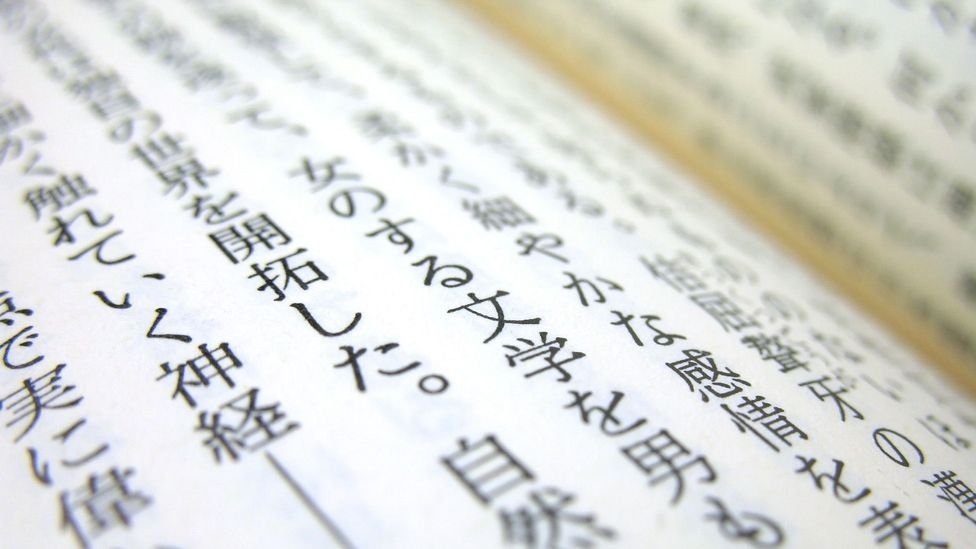
Yoshitaka “Gigo” Funakoshi
Yoshitaka “Gigo” Funakoshi (1906 - 1945)
On the 5th September, 1906, the Founder of Shotokan karate Gichin Funakoshi introduced to the world his son Gigo.
Gigo was Gichin’s second son, who would eventually go on to play a very crucial role in his father’s karate lifestyle.
As a child Gigo was very quickly influenced by his father who was trying to promote karate in mainland Japan. Under his father’s tuition he started to learn Philosophical aspects of karate as well as key skills that later in life he went on to perfect.
During the time when his dad was promoting karate, Gigo would assist him with demonstrations and exhibitions. Gigo also played a significant part in translating and interpreting his father's teachings to a wider audience, and not only did Gigo assist with the physical aspects of karate he also helped his father by contributing and documenting Karate techniques and principles. This then led to one of his karate books that he had written and to this day is Probably still the best and most inspirational book of Shotokan karate “Karate-Do Kyohan" (The Master Text), and many karateka throughout the world still reference this book.
To promote karate Gigo travelled to the United States where he participated in and conducted seminars. This was crucial for karate to spread internationally, rather than being restricted to Japan’s boarders.
Just like his father, Gigo introduced karate to the Japanese educational system. This created a solid foundation for Karate and its's inclusion in physical education curricula. His teachings emphasised on physical skill and the development of character, discipline, and respect.
Sadly, at the age of 88 Gichin passed away in 1957 However his legacy continued through Gigo as he assumed the leadership role within the Japan Karate Association (JKA). He continued to teach and inspire new generations of Karateka. As a result of his esteemed teaching position and deep understanding of Japanese martial arts, Gigo allowed Shotokan to evolve.
While the ancient martial arts of To-de and Shuri-te predominantly emphasised upper body techniques, open-handed strikes, short-range engagements, joint locks, fundamental grappling, pressure point striking, and variations of the front kick.
Gigo introduced innovative long-distance striking methods. His inspiration came from other martial arts. The low stances in traditional kendo and Iaido kata were applied, and this allowed him to develop distinctive techniques.
It was Gigo who incorporated high kicks to Shotokan karate such as the mawashi geri (round kick), yoko geri kekomi (thrusting side kick), yoko geri keage (side snap kick), fumikiri (cutting side kick targeting soft areas), ura mawashi geri (a quarter-rotation front-round kick, and ushiro geri kekomi (thrusting back kick)
Not only did he introduce new kicks to karate’s repertoire, Gigo also introduced new stances. Kiba Dachi replaced Shiko dachi, and with inspiration from fencing he added Kokutsu Dachi and finally Fudo dachi (rooted stance or immovable stance) was introduced.
Another noticeable change that Gigo introduced was within Kumite. Gigo prioritised swift, forceful strikes characterised by low stances and elongated attacks. He incorporated chained techniques and foot sweeps, drawing inspiration from old-style Kendo and Judo. These changes notably distinguished Shotokan from Okinawan Karate. And more emphasis was made on oi tsuki and gyaku tsuki being essential techniques.
Despite the challenging living conditions of World War II, Gigo continued his work in karate and developed a kata called Wankan (proper name kings crown). Tragically, at the age of 39 on November 24, 1945, Gigo passed away in Tokyo, Japan, leaving this kata unfinished. As a sign of respect to Gigo this kata was never completed and was left how it was and is what we practice today.
Gigo Funakoshi's life and contributions to Shotokan Karate are a testament to his unwavering dedication and love for first his father and secondly, that of the art of Karate.
His role in preserving and advancing his father's legacy, promoting Karate internationally, has been a remarkable journey. Today, many younger students are not told about the history of karate and its founders. All karate schools should reference both of this pioneers and ask students to research them and their legacy so that it can continue to grow worldwide and are never forgotten in Shotokan karate.

